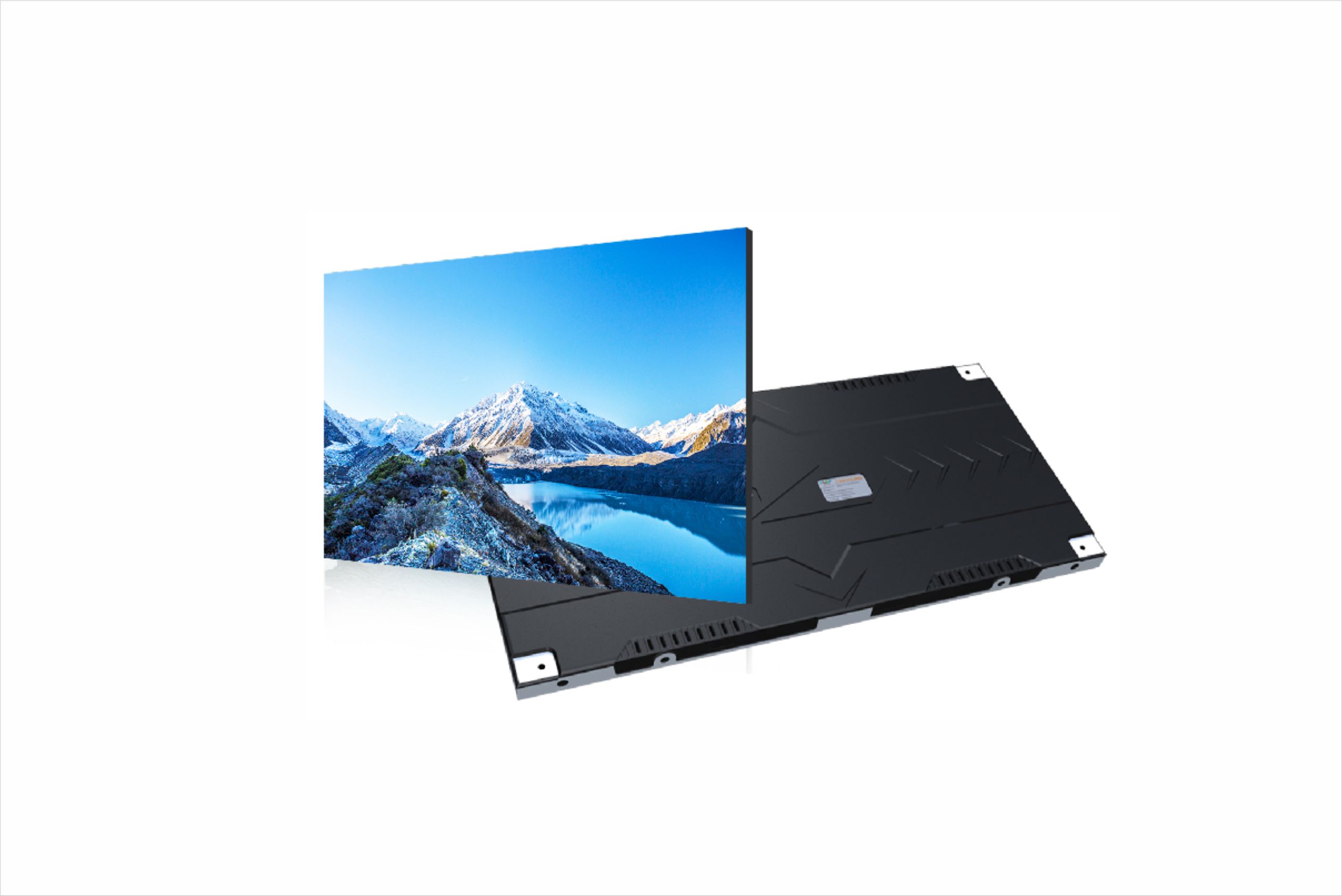Publisher: Supplier of LED Display Time: 2020-07-20 Views: 2282

The 4K and 8K in the familiar term "5G+4K/8K+AI" refer to the concept of pixels and resolution, so what is the difference between the two?
LED display manufacturers usually define 4K/8K by point-to-point splicing. Technically, the 4K/8K of today's LED displays essentially refers to the physical (horizontal) resolution of high-definition pixels that can be achieved after these displays are spliced. Rate. Within the scope of the existing screen, the mainstream 4K resolution (4K: resolution includes but not limited to 3840x2160) has 3840 pixels horizontally and 2160 vertically. The multiplication of the two is the physical resolution we often say . The 8K resolution is strictly an ultra-high-definition resolution. Taking the typical 7680×4320 resolution of 8K UHD as an example, its horizontal and vertical pixels are twice that of 4K, and the total number of pixels can reach 4. times.
For ultra-high-definition small-pitch LED displays, the smaller the dot pitch, the easier it is to meet the display needs of market display terminals with 4K and 8K full HD resolutions. Enjoy more comfort. With the commercial penetration of 5G into all walks of life, small-pitch LED displays have been widely used in the radio and television industry. Of course, in addition to the radio and television industry, the integrated application of 5G+4K/8K/AR also refers to smart medical care, distance education, and command centers. And other fields, because these places also need ultra-high-definition resolution, stability and reliability, low latency and other functions.
Although 4K/8K LED displays have the advantages of professional-level picture display effects, in addition to supporting full HD picture output, these devices also need to achieve full HD picture output. Relatively speaking, when playing 8K video sources, the display effect will be significantly better than 4K video sources. Although there are relatively few video sources matching the resolution of 4K or above or even 8K, as the increasingly mature 5G signal makes up for the pain point that 8K video itself needs to carry the signal equipment that transmits a huge amount of data, the terminal image display trend will inevitably move towards high-definition 4K and above Even 8K, 5G+8K may become the mainstream application combination for large screens over 100 inches in the future.